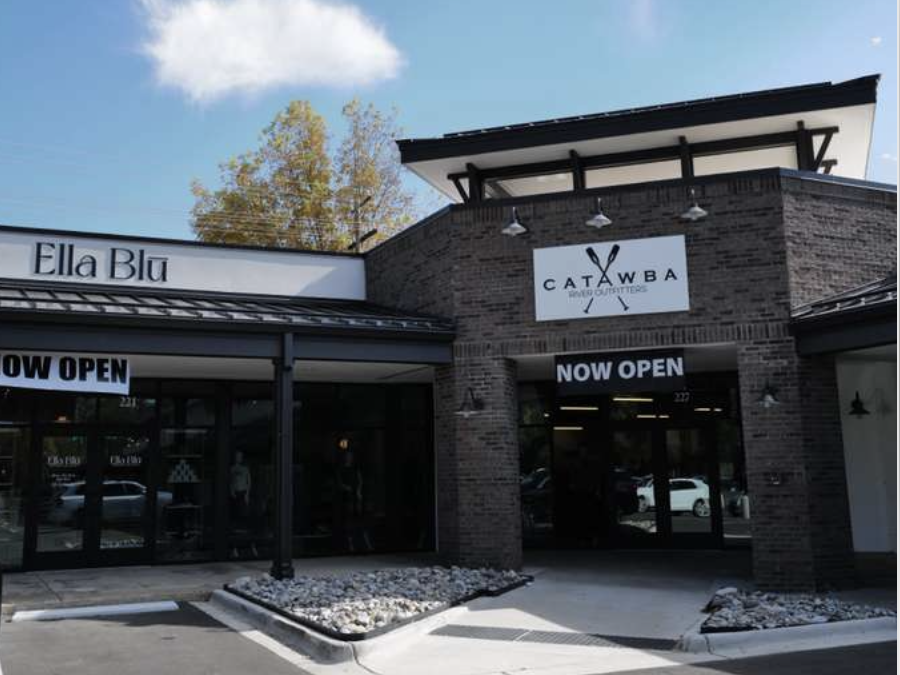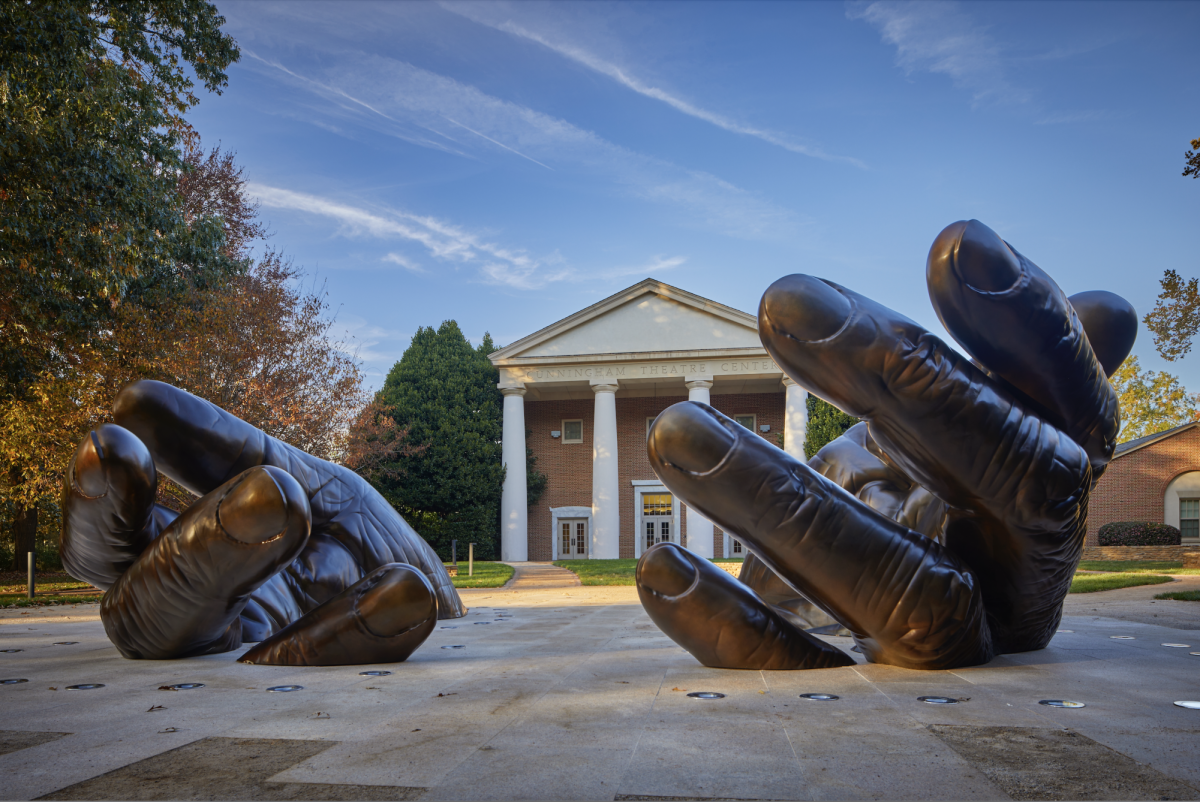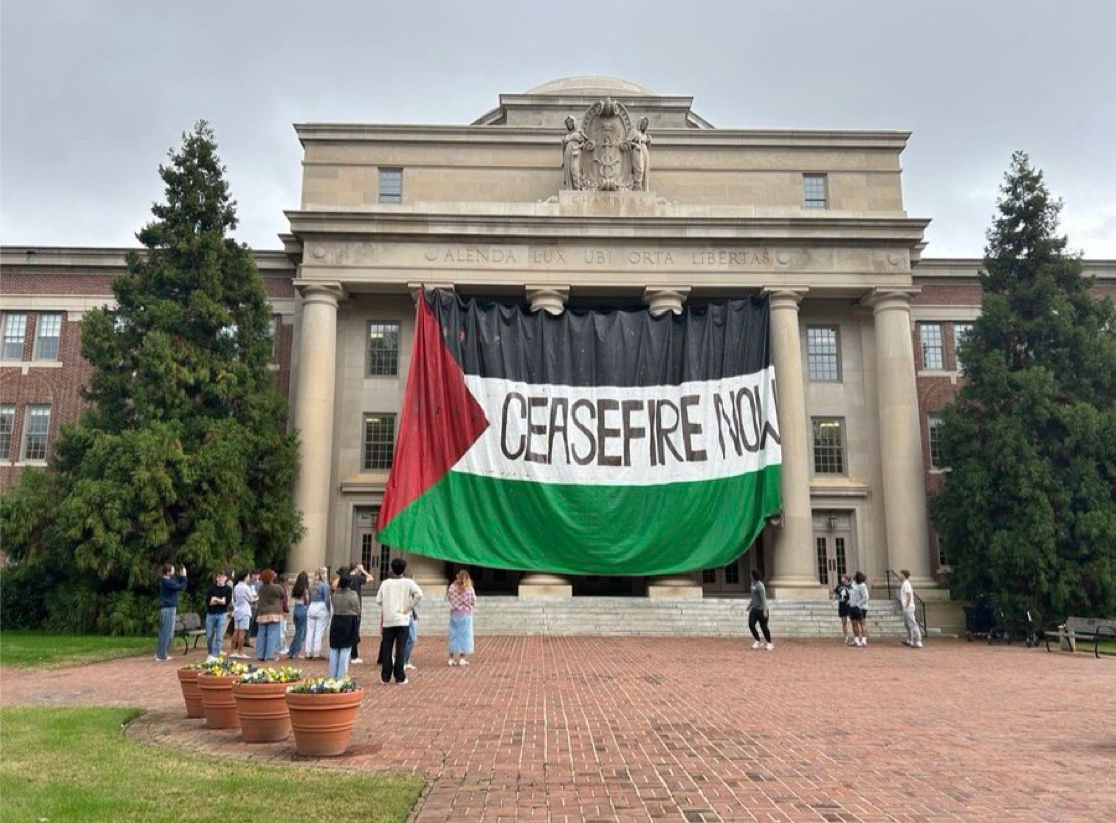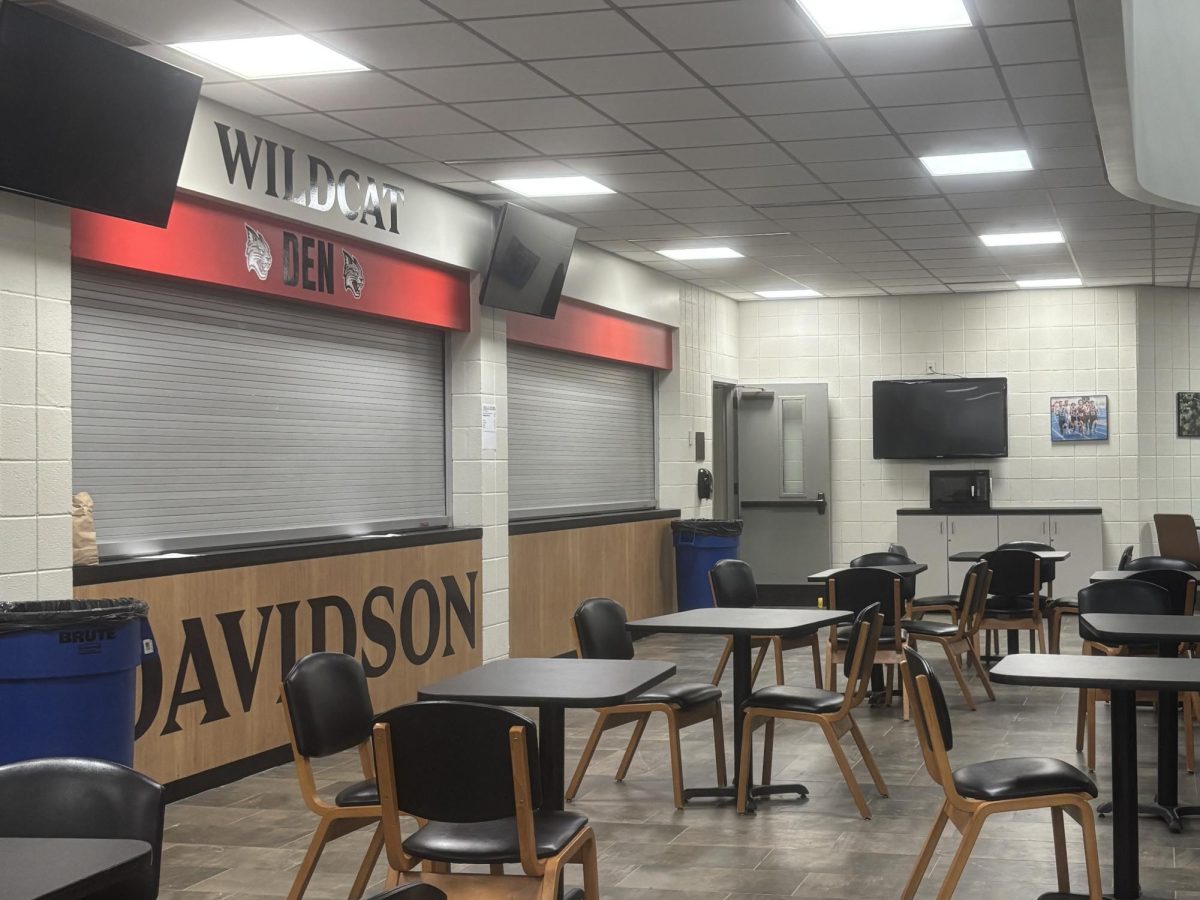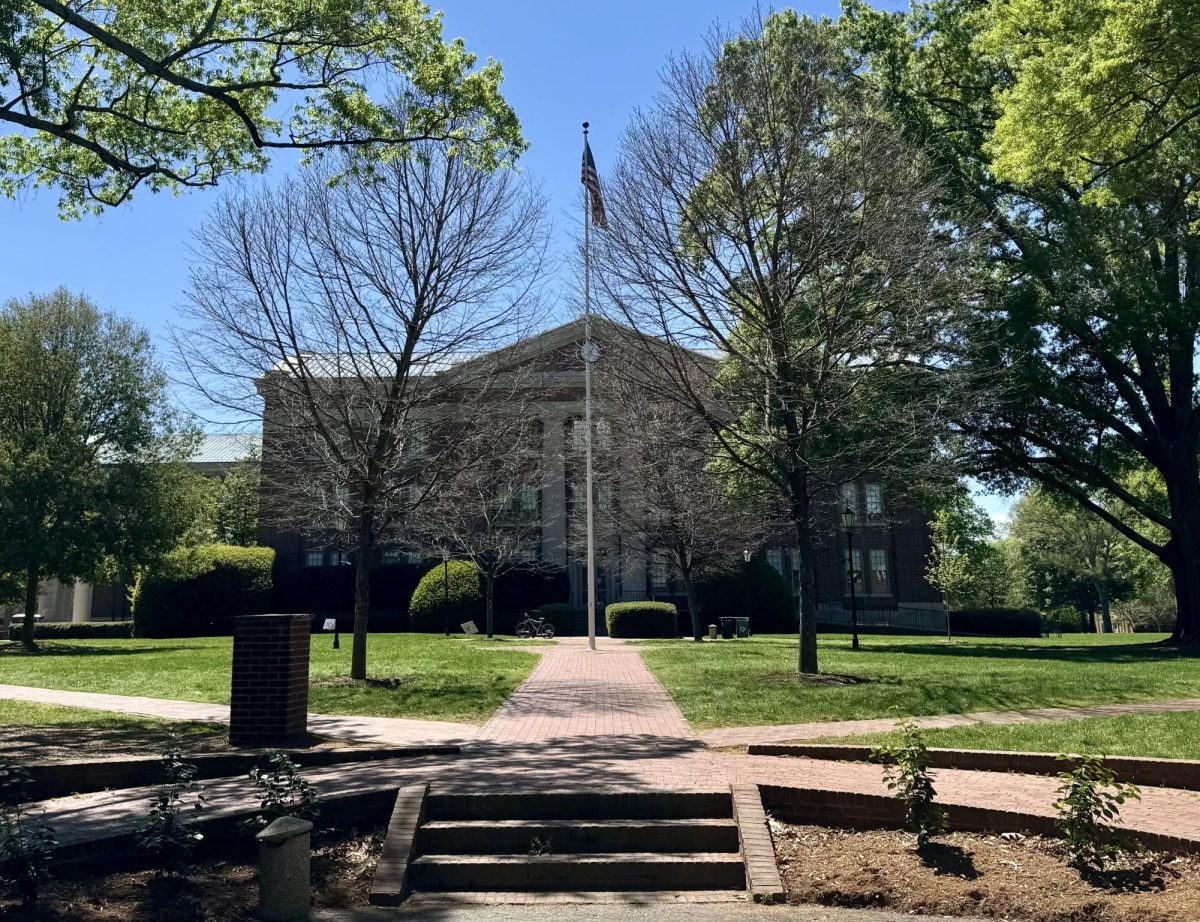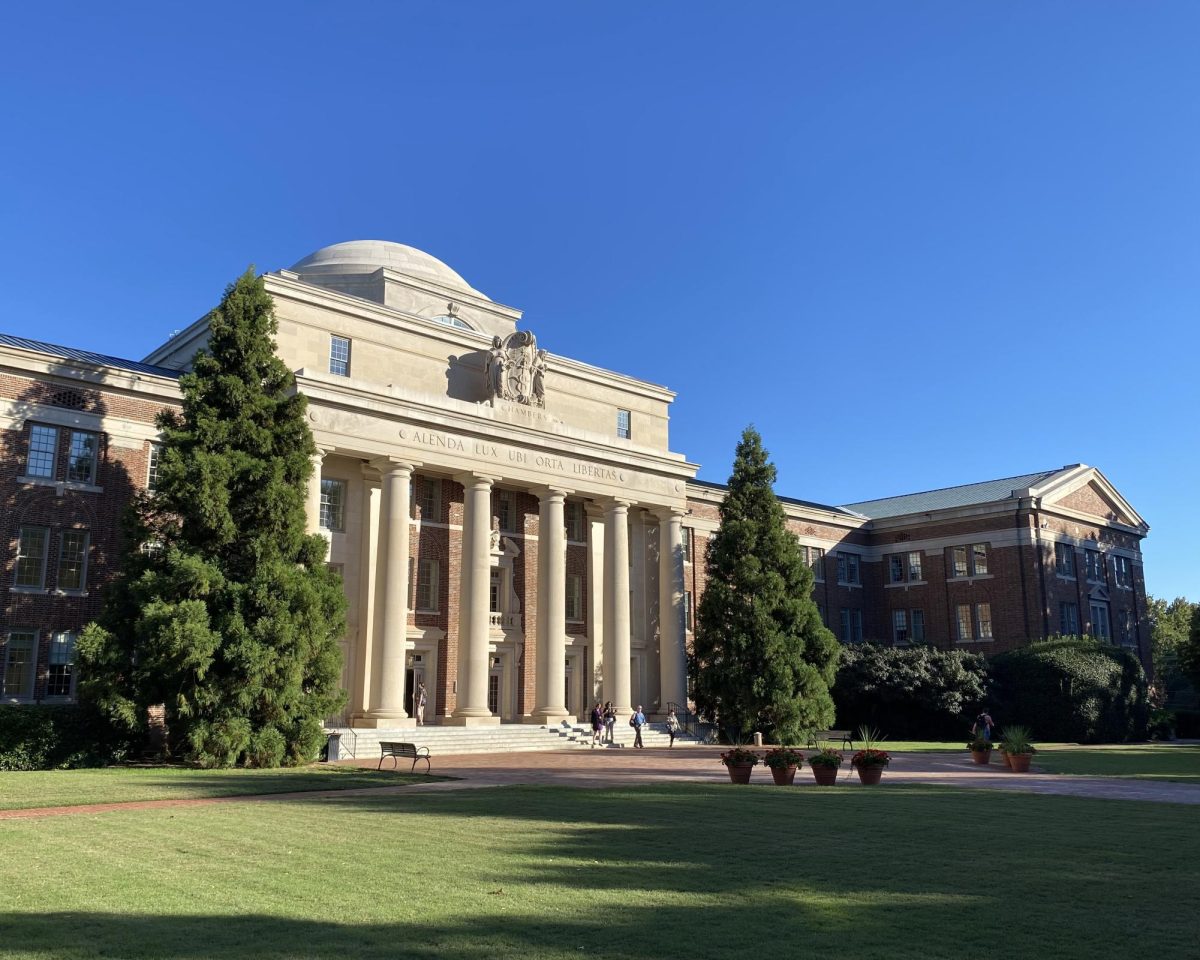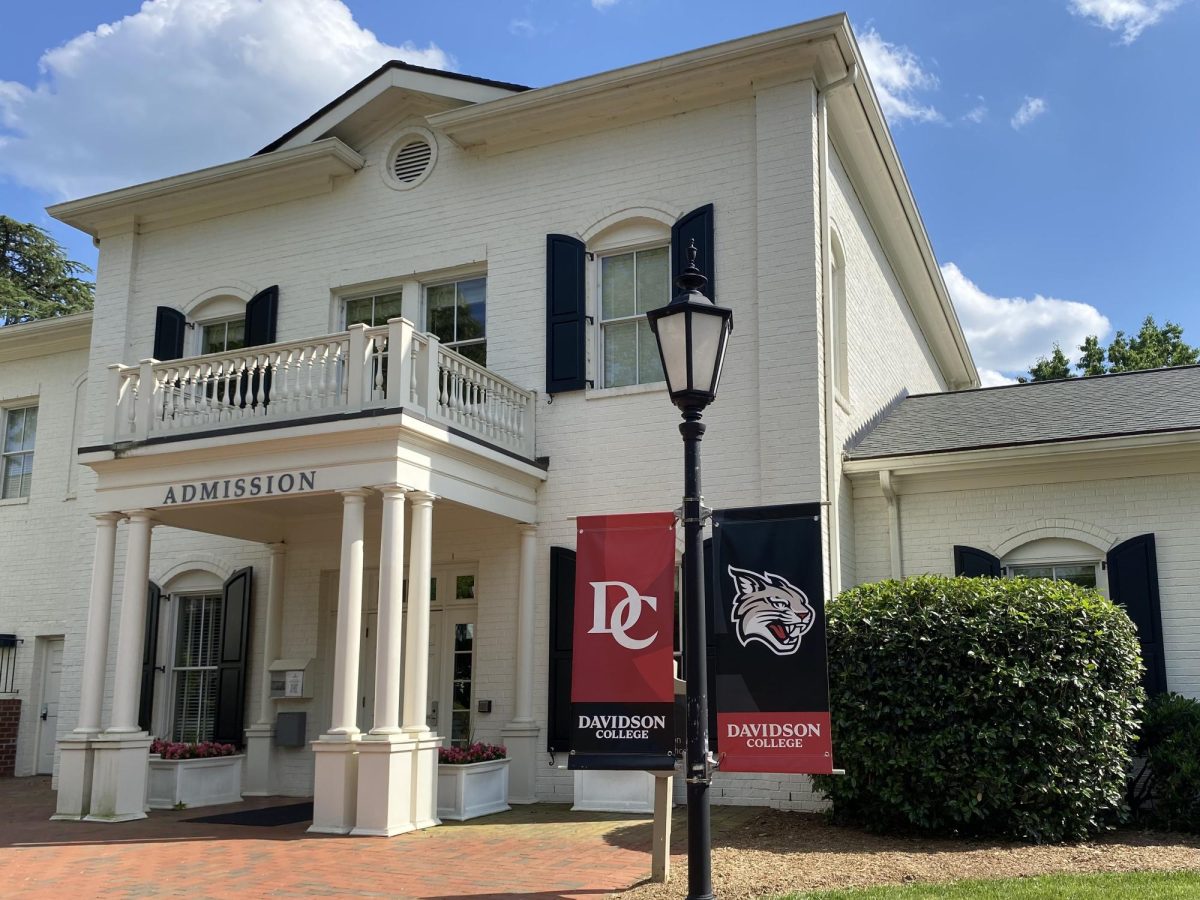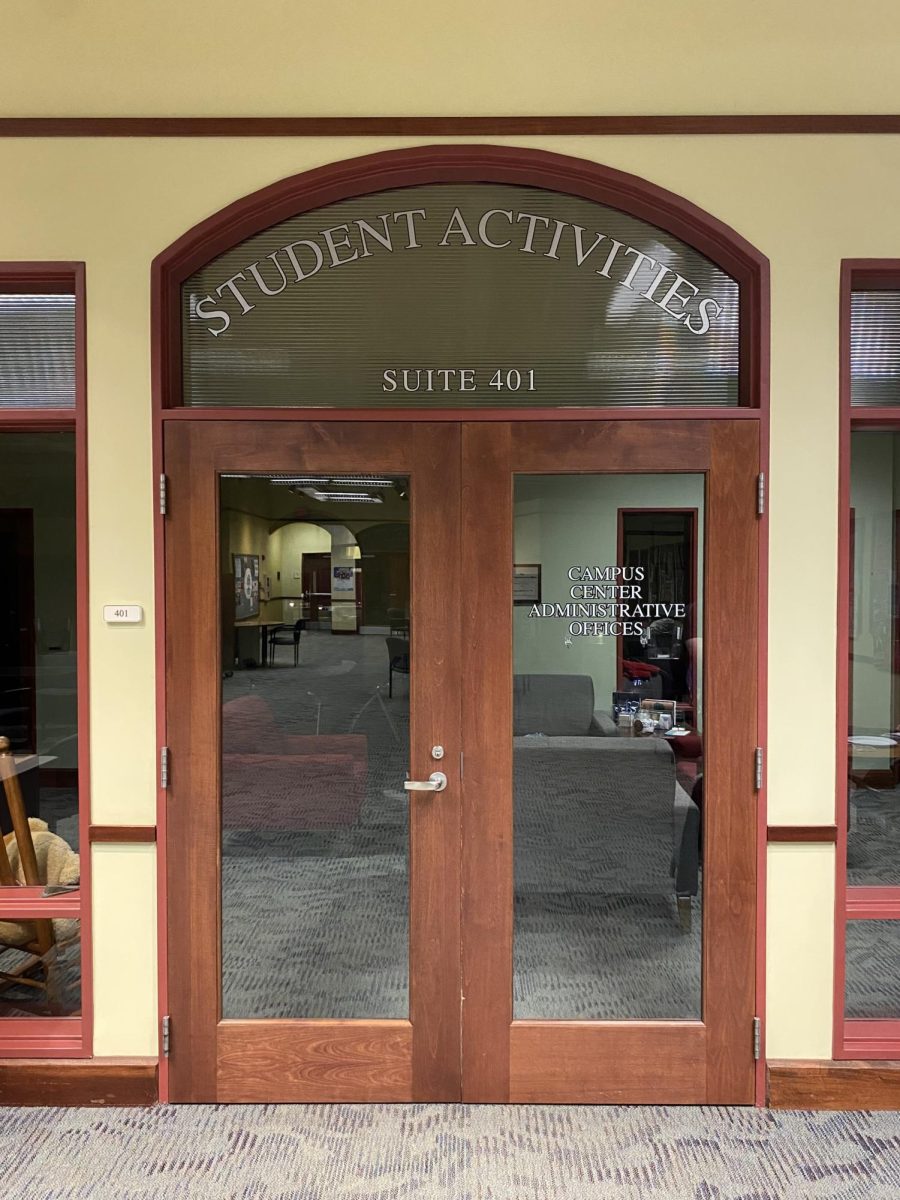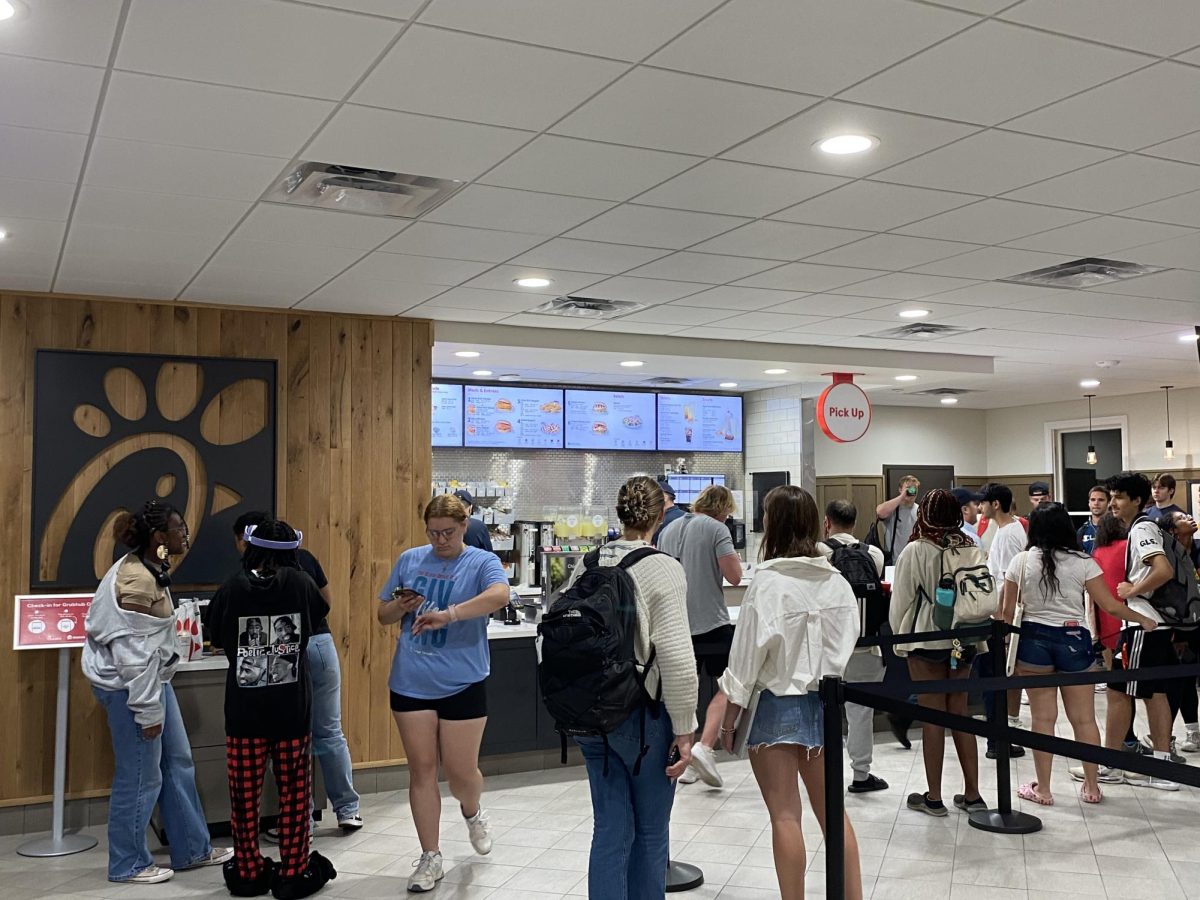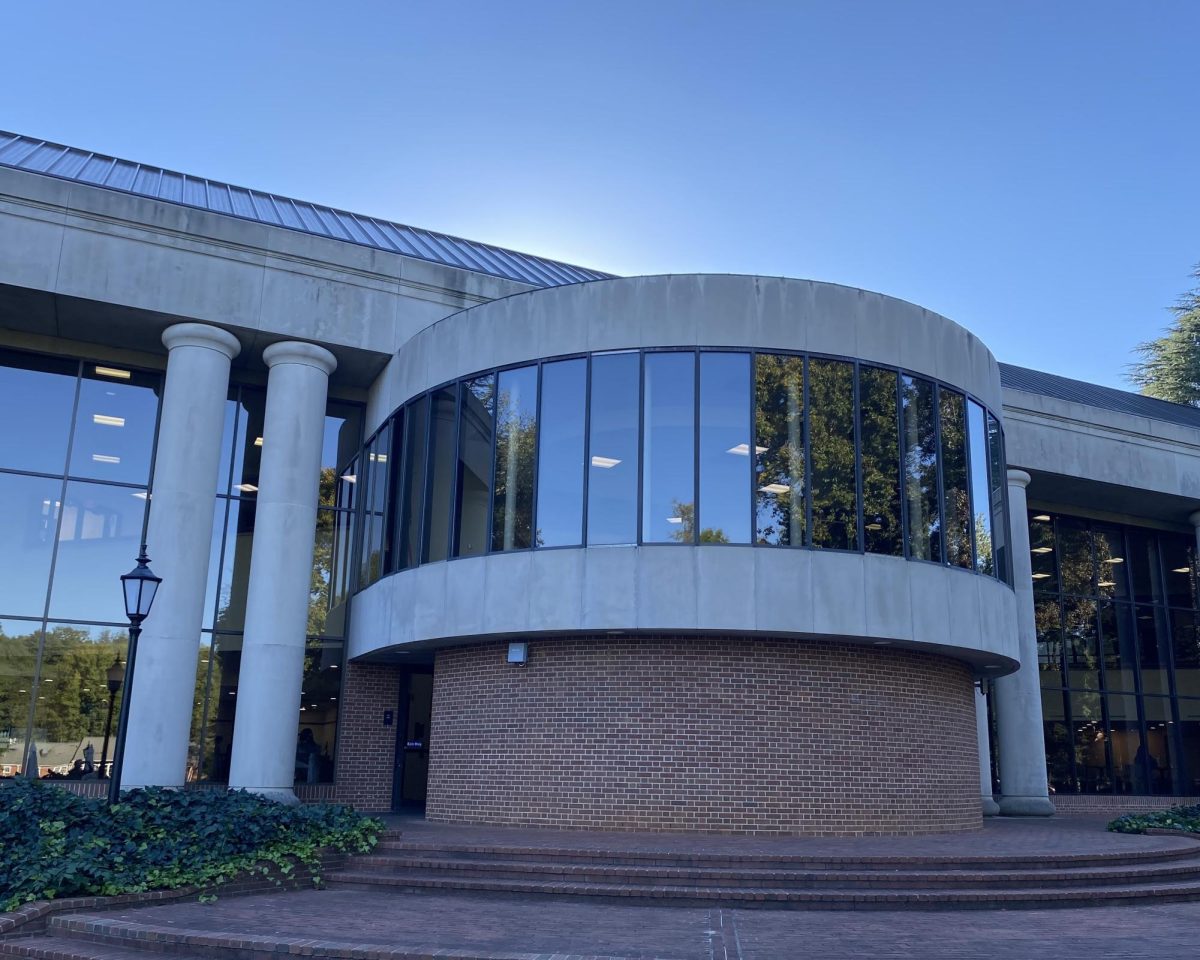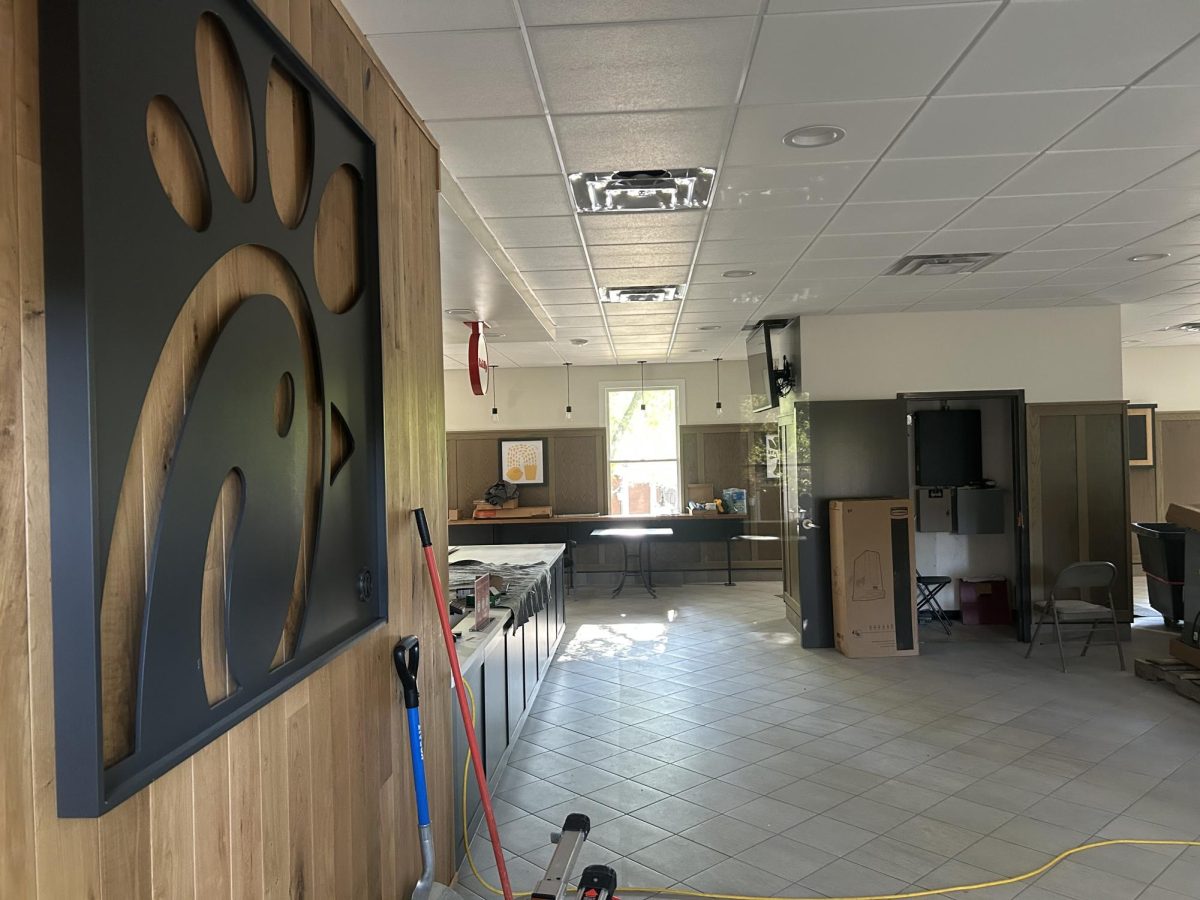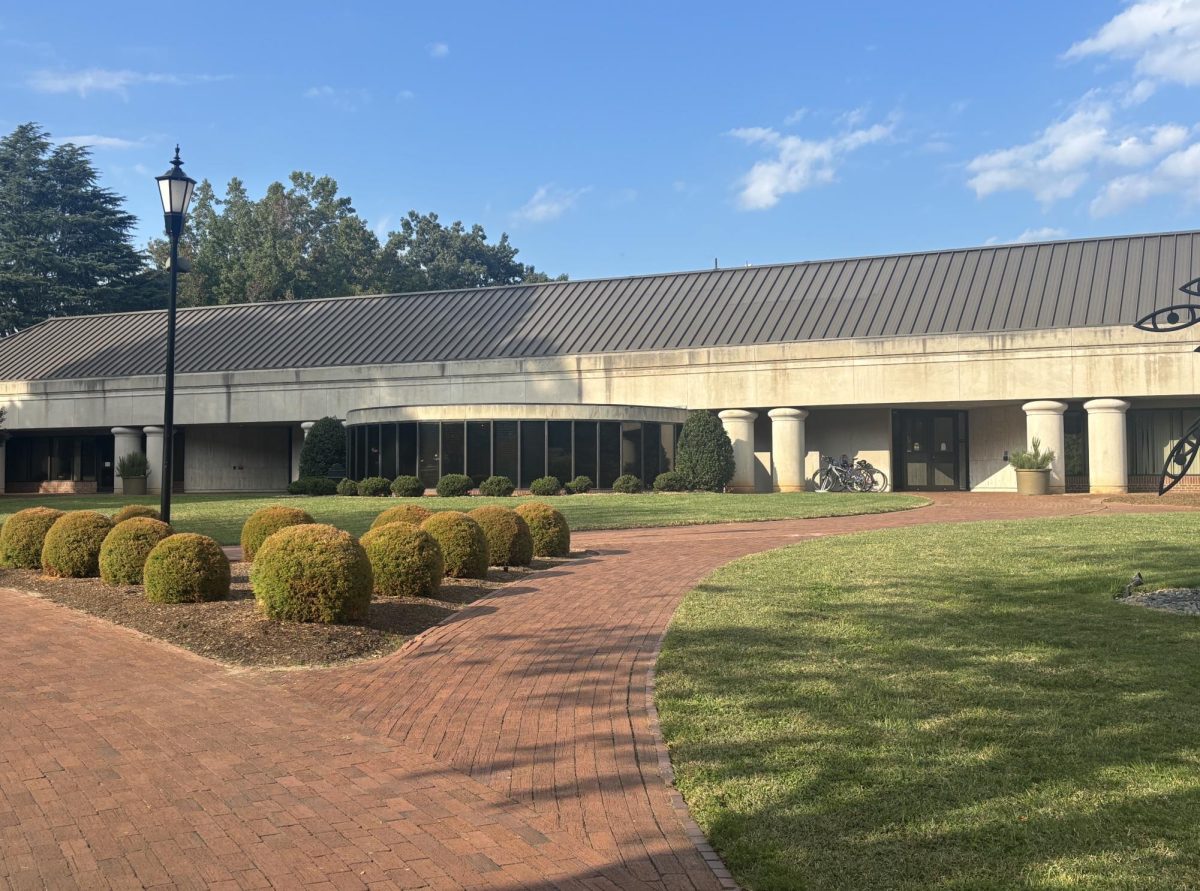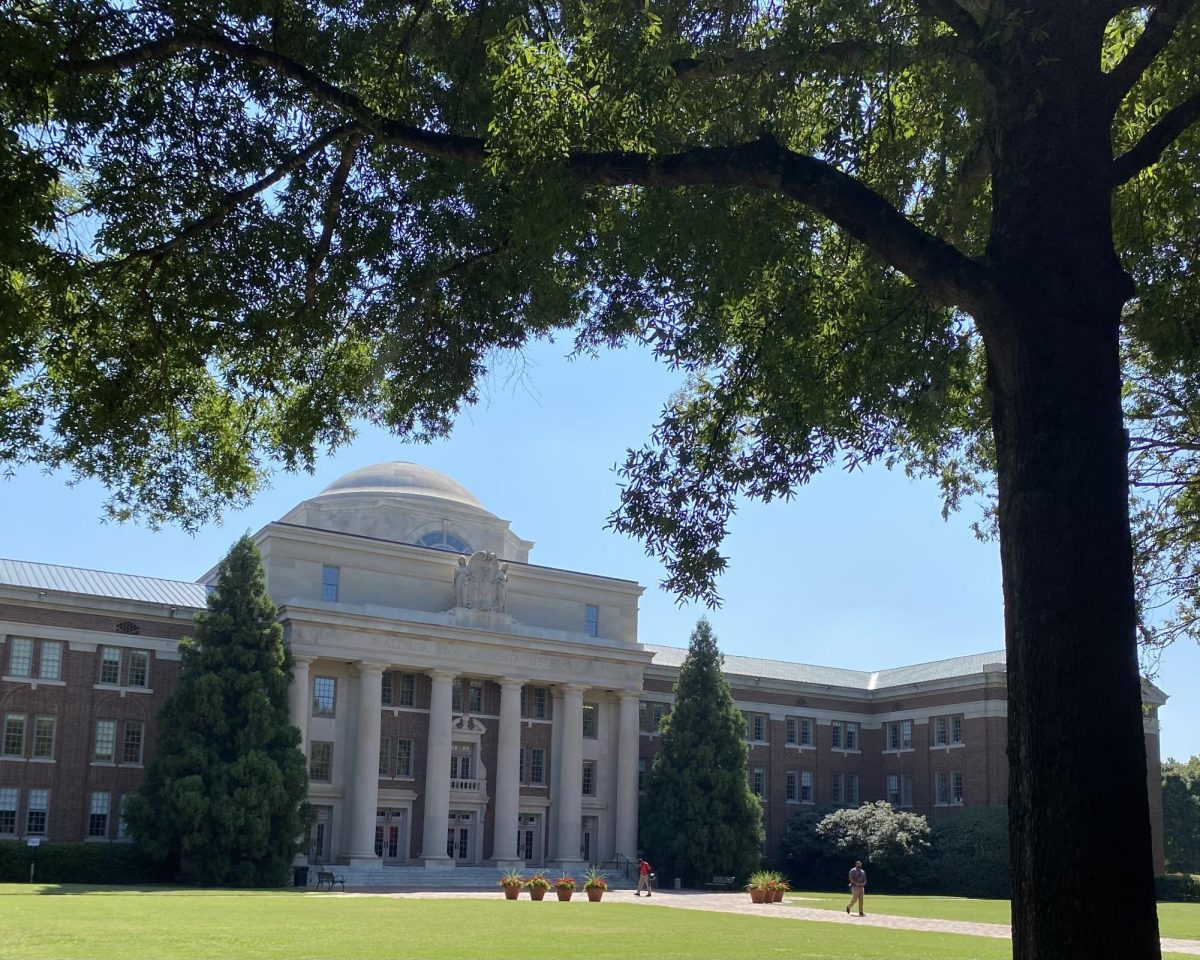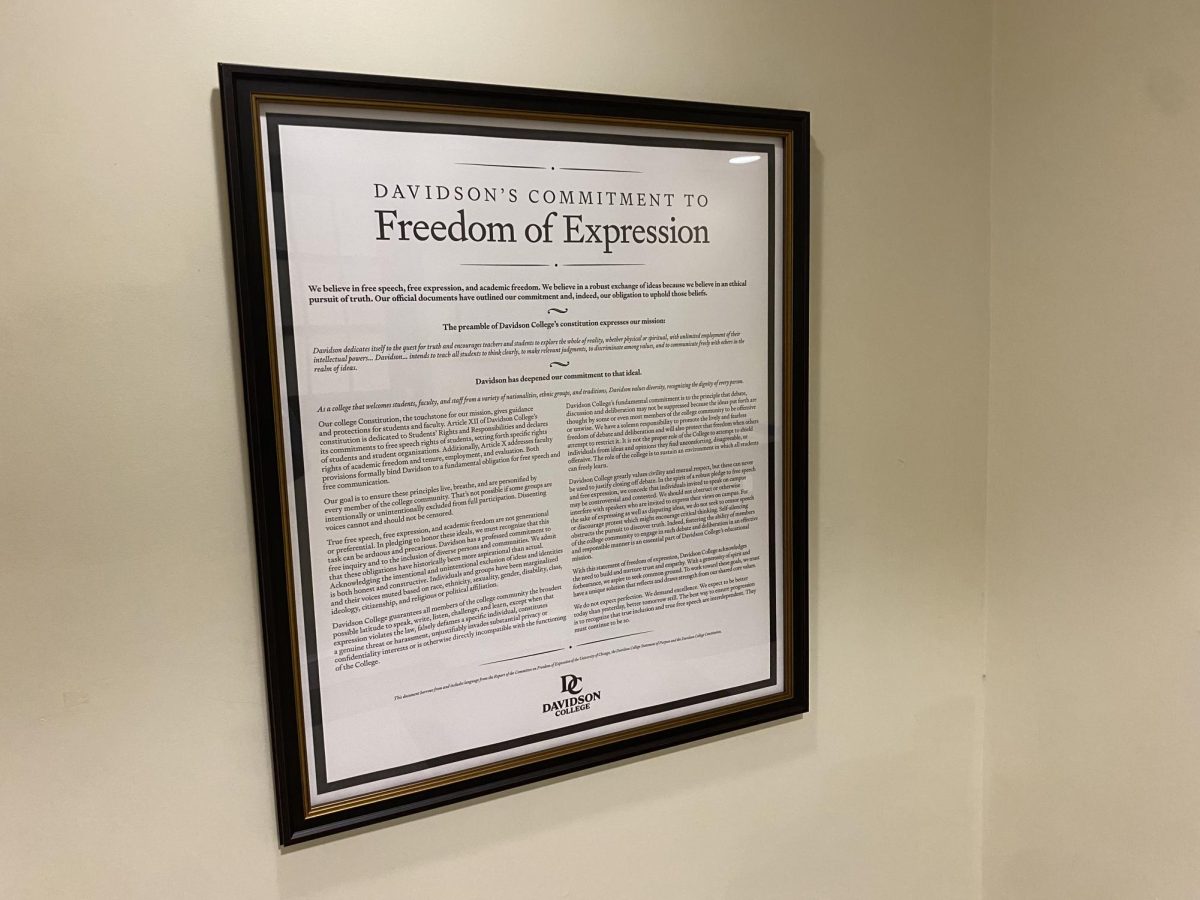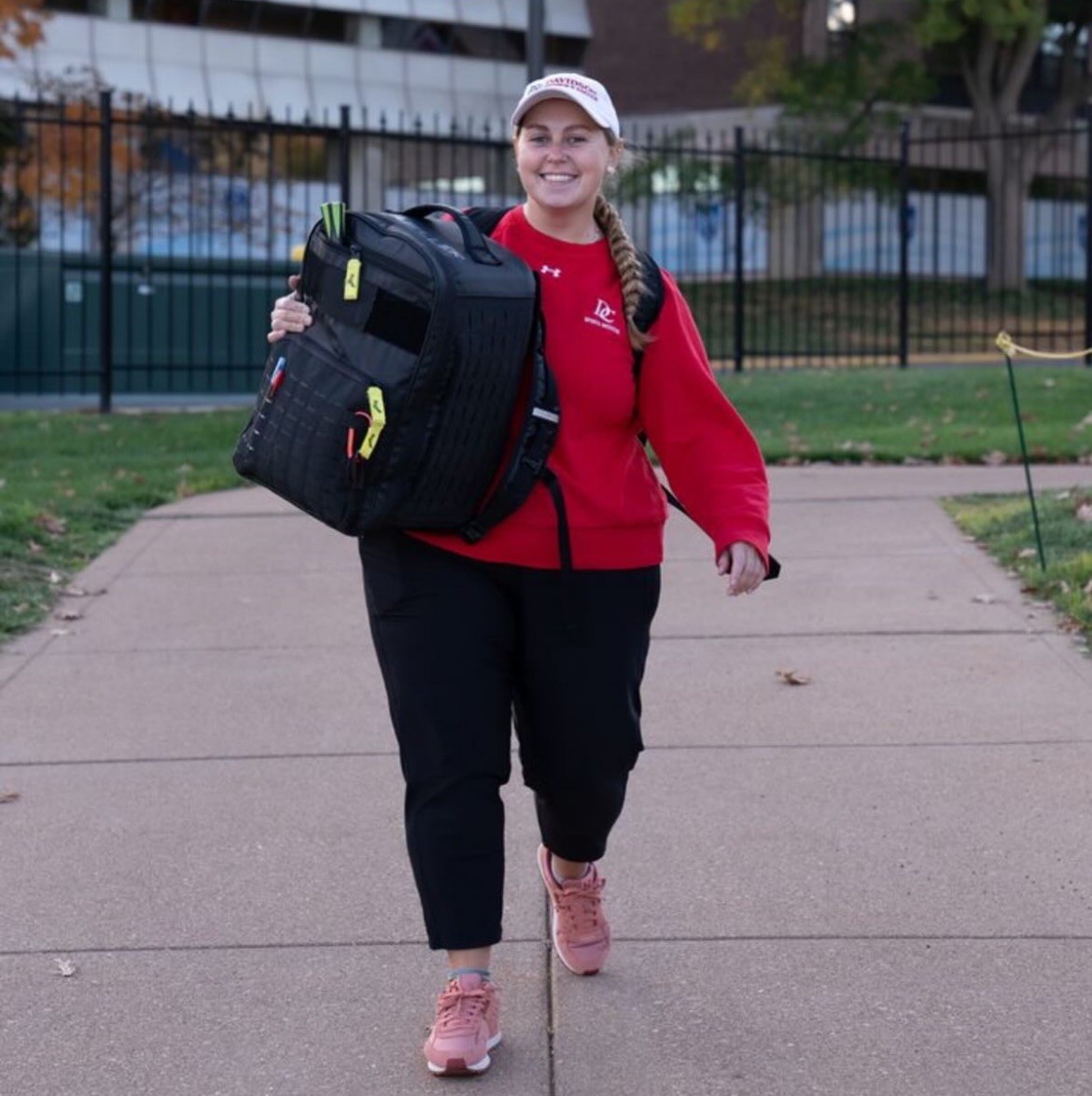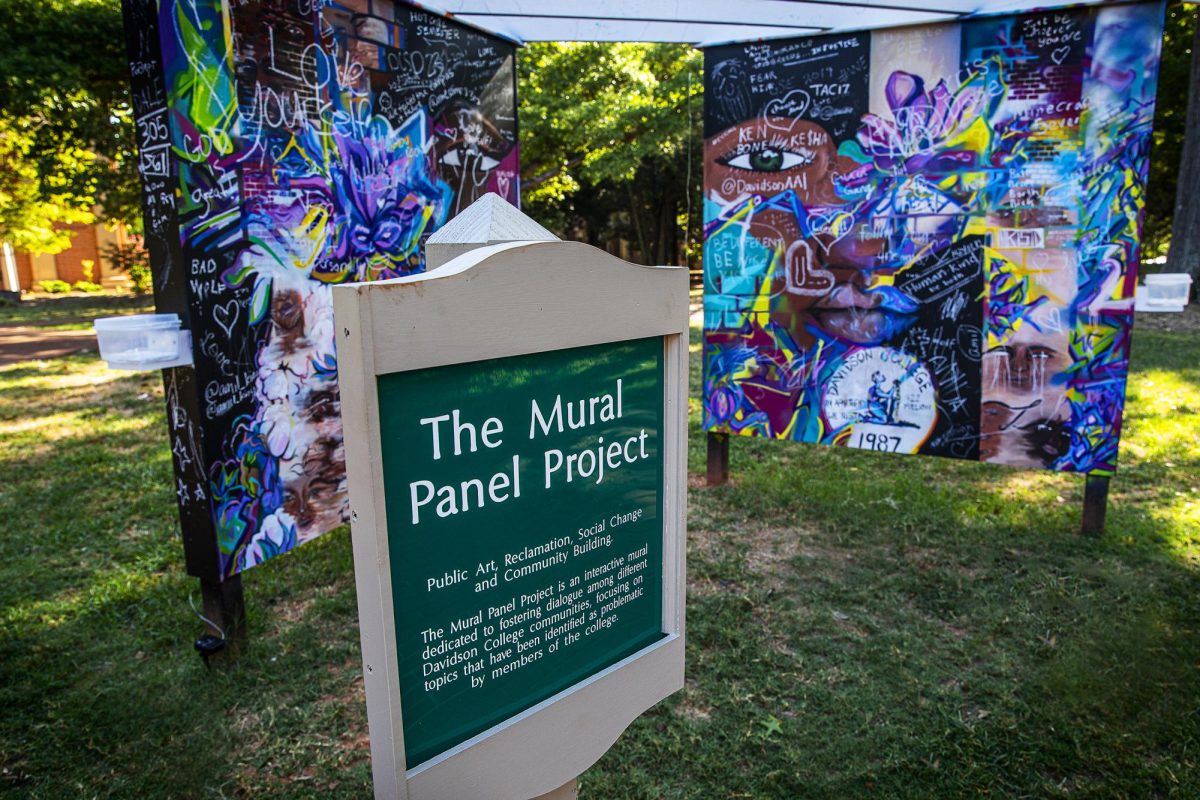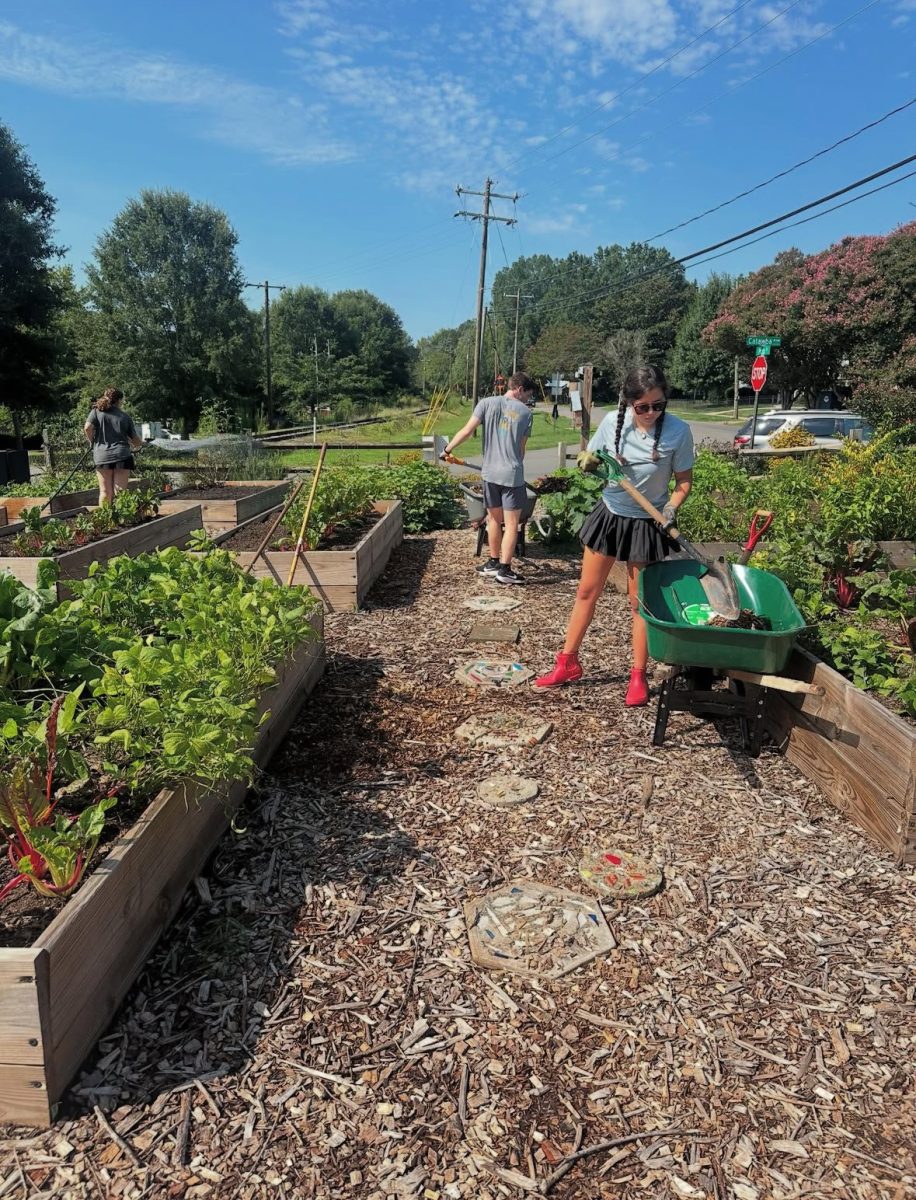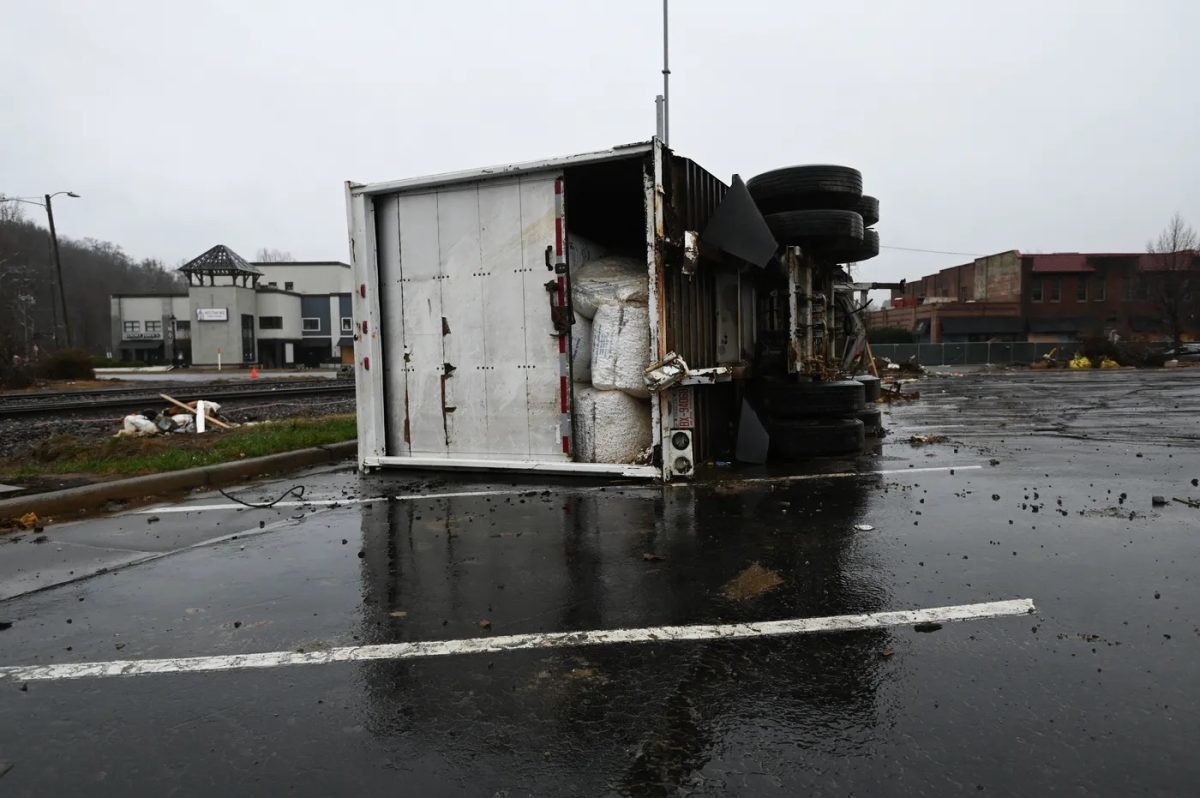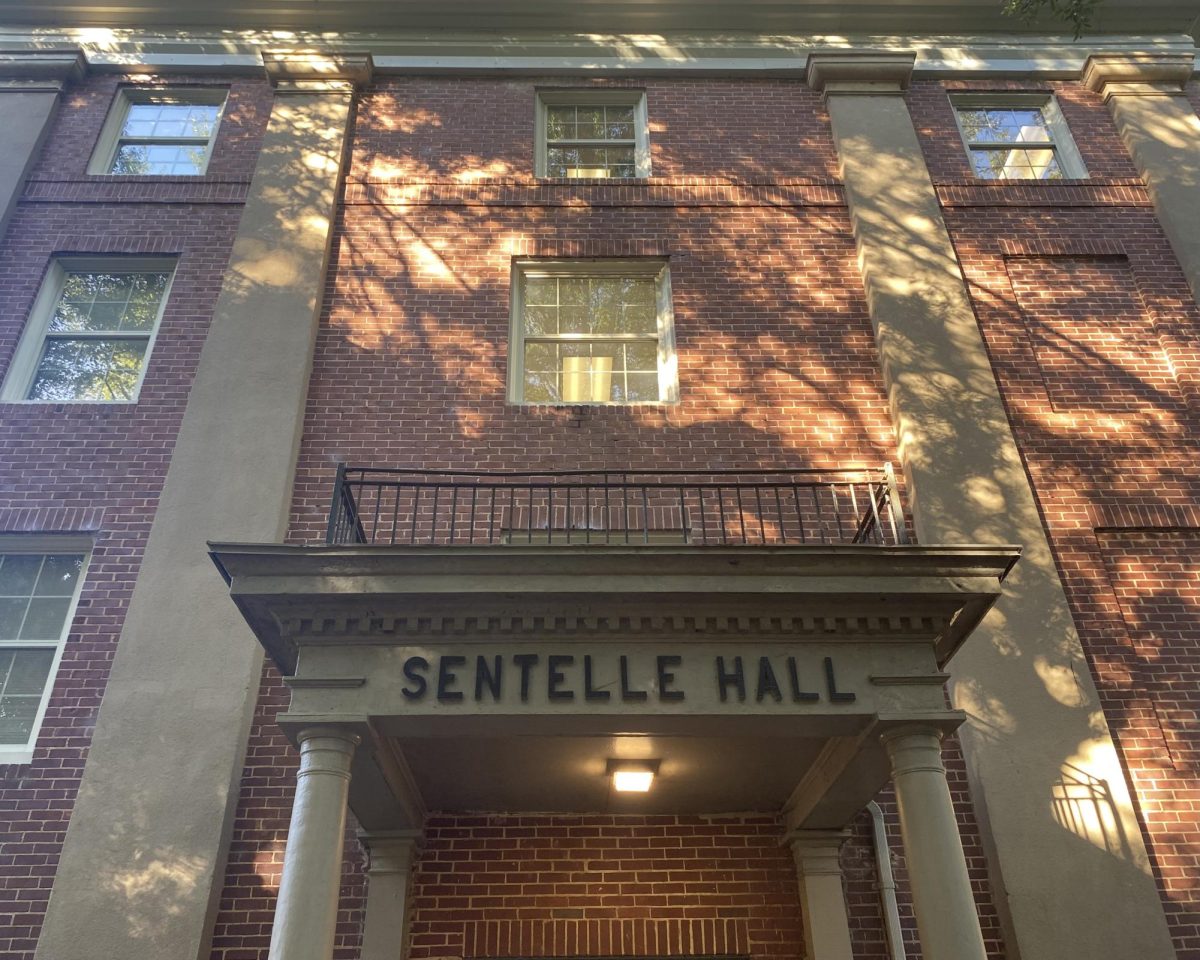When Hurricane Helene made landfall last week as a Category 4 hurricane, it left a path of destruction in its wake. Western North Carolina, a location historically untouched by these sorts of storms, faced substantial wreckage. Asheville, Boone, Chimney Rock, and many more Appalachian communities saw the destruction of roads and bridges, lack of running water and electricity, and countless other instances of damage, creating an ongoing state of disrepair.
“We [Asheville] have a lot of death and a lot of destruction, and unfortunately, our town’s just wiped out,”Asheville resident Quinn Ray ‘27 said.
As rescue and relief efforts begin, there is much uncertainty still left in the air. Professor of Environmental Studies Dr. Brad Johnson described not being able to contact a colleague, who lived in a heavily affected area, for around two days. When he finally was able to reach him, the colleague detailed an experience of “two days hiking and hitching rides across little fragments of roads to get out to a major city where they could then get in a car and go somewhere else.”
Currently, it is unclear how many people in Western North Carolina are still missing. According to The New York Times, while 270 missing persons have been located, at least 75 such cases still remain active with the FBI.
While physical safety is a major concern, long-term effects also play a key role in this recovery process. Boone resident Caroline Beach-Verhey ‘27 pointed out the impacts on students in these areas. “I think it’s been a really big struggle for the community of Boone in general, especially the college students who are kind of stuck out there on their own.” She further highlighted how highschool students who don’t have school are worrying “about college applications or AP classes.”
The evolution of this crisis is strongly correlated with the fact that, prior to this instance, there was an assumption of safety from intense weather patterns in this Blue Ridge Mountain region. “I feel like growing up, I always sort of viewed Asheville and the Western North Carolina region as […] this safe haven from tornadoes, from storms, from earthquakes. I felt like the mountains were this enclosure that would protect the community at all costs,” Asheville resident Maddie Tate ‘28 said.
The situation in Western North Carolina is emblematic of a larger conversation about the effects of climate change and the impact it had on Hurricane Helene. “We know that hurricanes get their energy from warm water, [and] the fact that the Gulf of Mexico is warmer than it used to be is a significant impact,” Dr. Johnson said.
Additionally, Dr. Johnson points toward the contributions of a historical pattern of flooding in the area that occurs when a certain threshold of rain is reached. Per observational research from 2004-2014, a landslide hazard mapping team for North Carolina found that landslides can occur when “there’s five inches of rain [in a] twenty-four hour threshold.”
Thus, the presence of landslides could be predicted considering that weather models prior to the landfall of the hurricane showed “things way bigger than five inches […] the upper ends of those models were […] like fifteen plus inches,” said Dr. Johnson.
The aftermath of all the flooding and subsequent mudslides on Blue Ridge Mountain communities is profound. Over 200 people have lost their lives as a result of this ongoing crisis. Further, many people lost their homes, businesses, and livelihoods: an estimated $47.5 billion dollars was lost by property owners cumulatively according to CNN. “One of my friends from back home […] his dad’s house got completely wiped out, just taken away,” Tate described.
Another large issue when it comes to rebuilding after Hurricane Helene is how to handle the roads. In Western North Carolina over 200 roads were closed due to debris from fallen trees and power lines, according to the Citizen Times. Additionally, many roads were both partly and entirely demolished due to flood waters. Notably, Interstate 40 has a 43-mile portion of road that is closed indefinitely due to it having crumbled into the Pigeon River. Dr. Johnson highlighted that repairs will take time as “roads have to be engineered. They can’t be slapped back together, and the current estimate is that more than 600 roads have washed out.”
Beach-Verhey described that in Boone, Hurricane Helene left people without places to go. “Lots of my sister’s friends have been stranded, [with] no extra access to power, Wi-Fi, or the greater outside world. So people have been coming to stay at our house,” she said.
The substantial repercussions of Hurricane Helene are being felt amongst many students, teachers, and staff members, and various support efforts have been implemented by Davidson College. President Doug Hicks sent out an email acknowledging the difficulties many community members were going through in regards to this crisis and provided links to counseling, religious, and other resources.
A hurricane relief fundraiser organized by Abigail Przynosch ‘27 was held Friday, October 5th, at the campus Summit Coffee Outpost. The fundraiser contained various opportunities for donations, including to organizations like BeLoved Asheville. WALT DAYZ held a similar fundraiser at the campus Summit Coffee Outpost, where profits were split between Operation Airdrop and Hearts with Hands. This past Friday, Rusk Eating House also hosted a donation-required event where all proceeds and supplies were sent to Roof Above.
The Town of Davidson is getting involved in hurricane relief as well. Main Street Books held a supply drive that, according to News of Davidson, resulted in twenty-one pick-up trucks and SUVs full of supplies being sent to Western North Carolina. The Town of Davidson also held a supply drive at the Davidson Public Safety Building. Summit Coffee, whose Asheville River Arts District location was entirely flooded and lost as a result of Hurricane Helene, is selling coffee beans in order to support their baristas at this location.
Currently, there are various spots on campus to donate. In dorm lounges, the first floor of the Alvarez College Union, and other communal spaces, supply donation boxes can be found. For monetary donations, BeLoved Asheville, the American Red Cross, Operation Airdrop, and United Way of North Carolina are just a few examples of organizations that are working to help those impacted in Western North Carolina.

